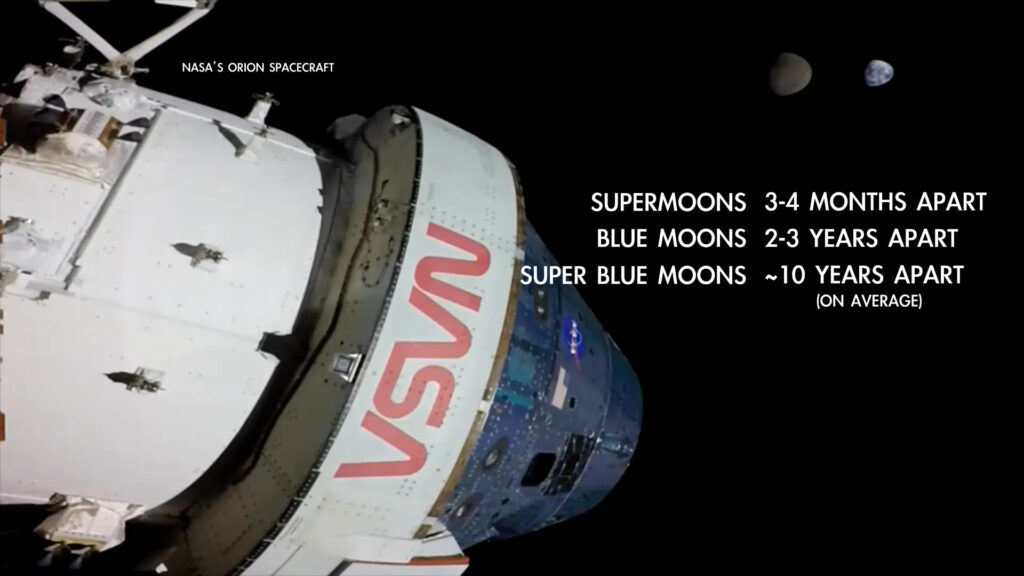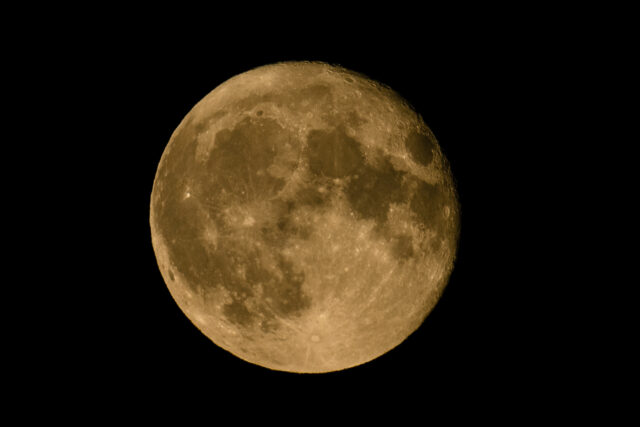Stargazers, get your binoculars and telescopes ready: A super blue moon will brighten the sky on Wednesday, August 30th, at 9:36 p.m, with the planet Saturn visible as well.
A super blue moon is a rare site to see, occurring on average once every ten years, according to NASA.
The first blue moon of this month, named the “Sturgeon Moon,” reached its peak on August 1, Breitbart News reported.
The name blue moon doesn’t come from the moon’s appearance, but refers to two full moons appearing in one month. This phenomenon occurs because the moon’s full cycle occurs in 29.5 days — a little less than the average calendar month. Eventually, enough time will elapse where two full moons will happen in the same month. “Only 3 percent of full moons are blue moons,” Nasa explains.

Super blue moons occur about every 10 years, on average – though the time between any two occurrences can vary from two months to two decades or more. Credit: NASA/JPL-Caltech
However, super moons happen more often; one in four moons is a super moon, which will be 16 percent brighter than the average moon. The visual size difference of a super moon to a moon is comparable to that of a quarter to a nickel. Super moons occur because the moon orbits the earth on an elliptical pathway, with one end of the elongated circle closer to earth than the other end.
In addition to the presence of a super blue moon, Saturn will be visible to the naked eye near the moon at 8:42 p.m. The sun’s illumination will allow the planet to appear bigger and brighter in the sky, making the planet remain visible until February next year.
The super moon means that for several days the range of tides will be much greater than normal, according to Space.com.
“Low tides will be unusually low while high tides will run unusually high, perhaps even resulting in minor coastal flooding.”
Joe Raul of Space.com reported:
And if a significant storm or a hurricane is offshore, working in concert with the already high-water levels, the consequences could lead to rough seas, beach erosion and major flooding.
We can only hope that such meteorological conditions do not materialize this year, though it should be pointed out that the traditional peak of the Atlantic hurricane season comes less than two weeks later, on Sept. 10.
Unfortunately, Storm Idalia — which experts are classifying as a potential category 3 hurricane — is predicted to make landfall along the Florida panhandle on late Tuesday, NPR News reported.

COMMENTS
Please let us know if you're having issues with commenting.